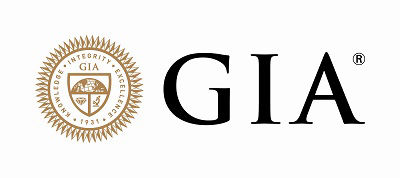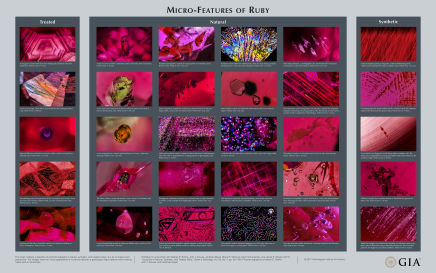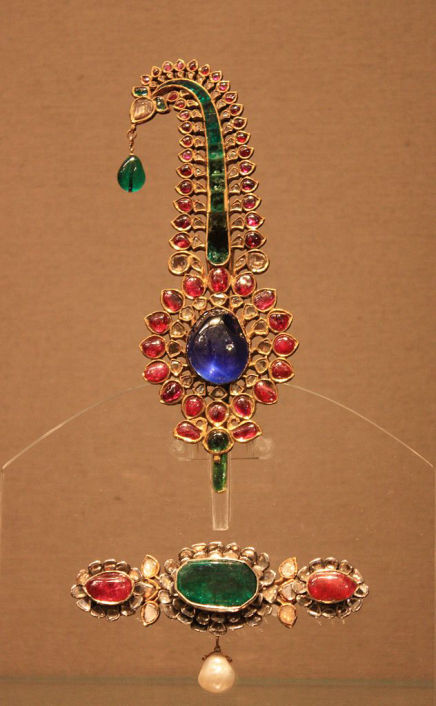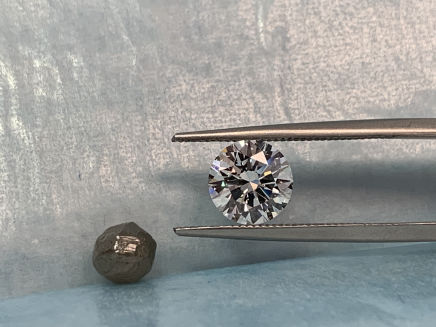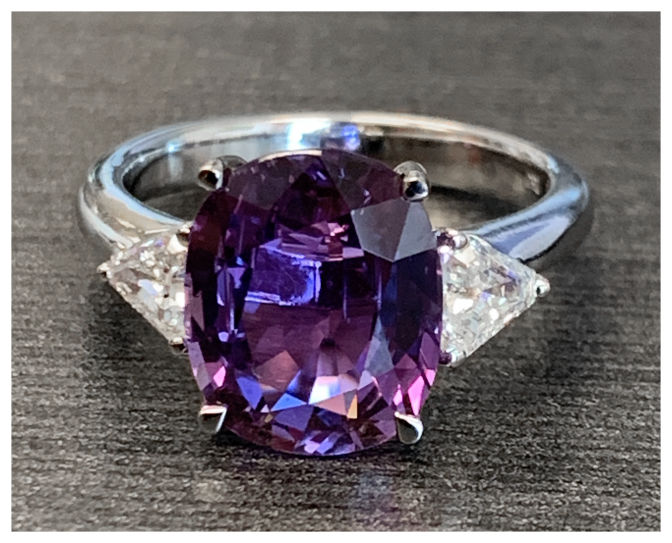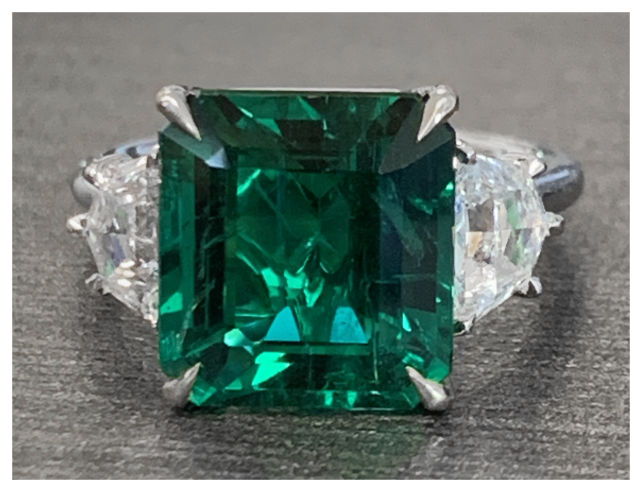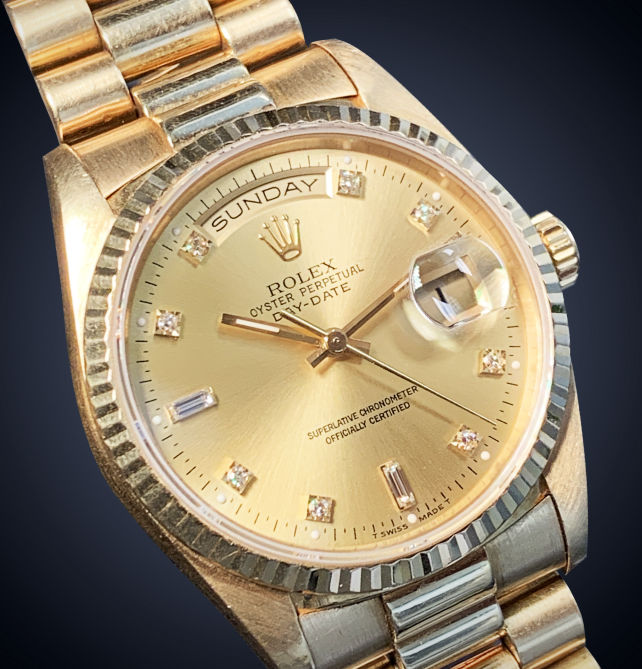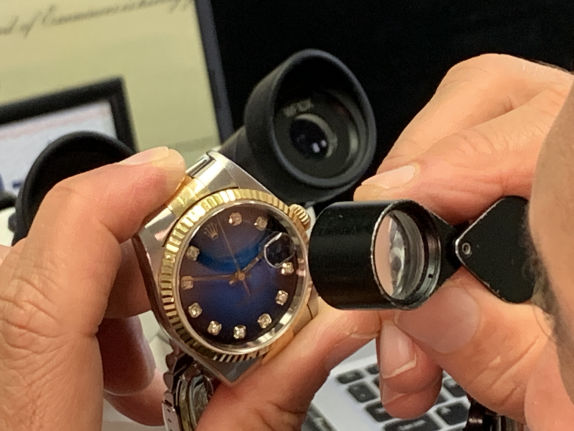Gemmology is the study of Natural gemstones and considered as a branch of Mineralogy. Education in gemmology for jewellers began with British Gemmological Association, founded in 1908 as the Educational Committee of the National Association of Goldsmiths of Great Britain (NAG). NAG set up a Gemmological group for serving the jewellery trade, who then founded the Gemmological Association of Great Britain (Gem-A), as an educational charity and accredited awarding body with its high standards diploma courses taught worldwide. The FGA and DGA initials are prestigious status designations restricted only to holders of Fellowship Diploma in Gemmology and Post Diamond Diploma of the Gemmological Association of Great Britain.

